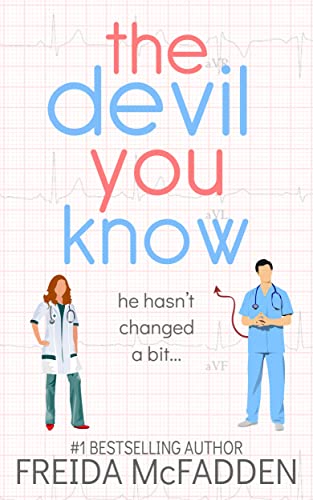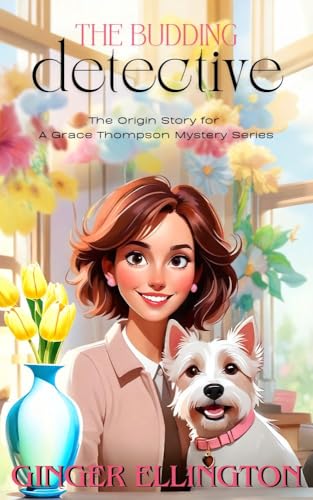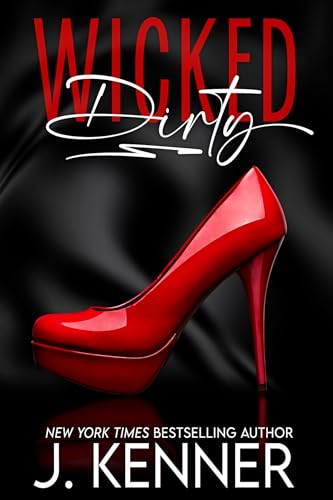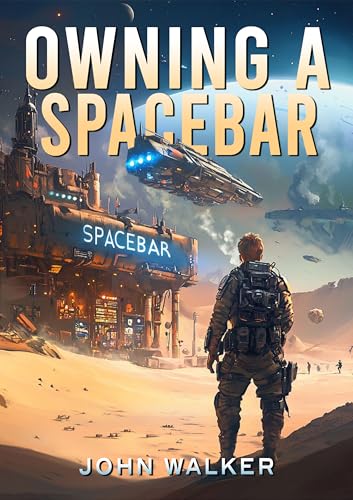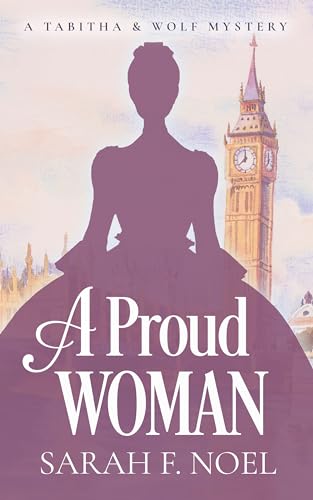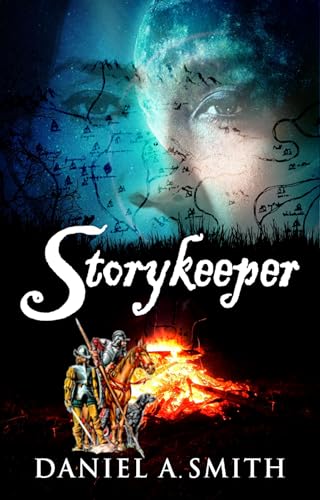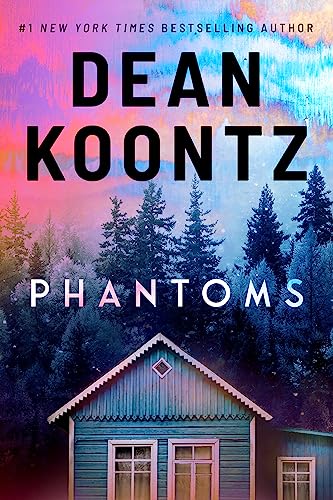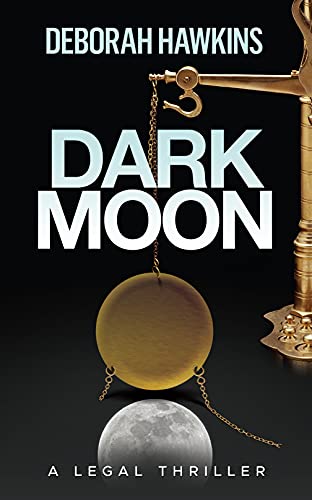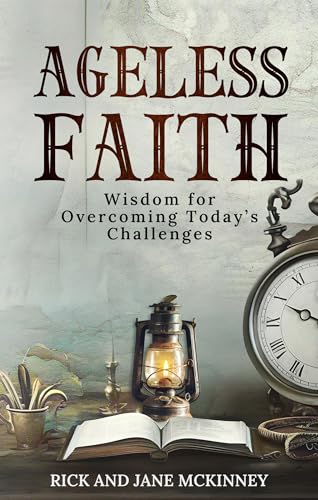Publetariat Dispatch: In this Publisher’s Weekly Soapbox editorial (subscriber-only access), Tom Allen, President and CEO of the Association of American Publishers writes about Georgia State University being on trial for copyright infringement. Note that reprint permission was obtained from Publisher’s Weekly by the Copyright Clearance Center, which now provides this content to Publetariat’s audience.
Common Goals: AAP on the GSU e-reserve lawsuit
Paul Courant’s recent Soapbox op-ed (“Adversary or Enemy?”) doesn’t address what motivated three academic publishers to sue, with great reluctance, Georgia State University for copyright infringement: GSU was, and is, systematically downloading and scanning substantial portions of books and posting them on e-reserve, semester after semester, for tens of thousands of students without paying a cent for royalties to the authors and publishers who created the materials.
Imagine the consequences if universities across the country adopted GSU’s policy of not paying anything for wholesale scanning and distribution of copyrighted materials, simply because the material was posted on e-reserves instead of packaged as a printed coursepack. Courant’s University of Michigan doesn’t follow GSU’s policy, nor do most other American universities.
GSU implemented its policy in a way that invited disregard for basic copyright norms by delegating difficult copyright decisions to faculty without guidance, without meaningful review mechanisms, and without providing any funds to pay for permissions when necessary. The result poses a threat to the creative ecosystem in which copyright protection provides incentives for scholars and publishers to develop and distribute high-quality materials for students of all ages. Academic publishers, faculty, and librarians may have their differences. But they are tightly bound together in a common enterprise: education.
The transition to digital delivery holds great promise for quicker access to a broader range of materials through more channels, with greater flexibility for teaching faculty. And in some cases, lower costs. But the ecosystem is degraded by using digital formats as a rationale for the reproduction and distribution of significant amounts of copyrighted material for “free.”
Misconceptions about the GSU litigation are widespread in part because the fair use exception to copyright is not widely understood. An educational purpose is one factor in determining fair use, but it doesn’t stand alone. If all copying for educational purposes were fair use, the production of high-quality educational content would decline or disappear.
I won’t attempt in this space to explain how the plaintiff publishers’ proposed injunction, if approved by the court and properly administered by GSU officials, could simplify the task of making fair use determinations and obtaining permissions to use copyrighted material in an effective, timely manner.
But I do want to make a couple of important points. First, when academic copying and distribution of material clearly constitute fair use, permission is unnecessary. Second, when permission is needed, the path for any institution, including GSU, is inexpensive and has never been easier.
At trial, Tracey Armstrong, president and CEO of the Copyright Clearance Center, testified that anyone seeking to use copyrighted materials could obtain permissions on a case-by-case basis through CCC’s Web site or subscribe to a “blanket license.” [Editor’s note: CCC is underwriting half of the publishers’ legal costs in this suit.] When a university adopts CCC’s blanket license, called the Annual Academic Copyright License Service, it covers all faculty, students, and others attached to the institution, including distance learners. It provides access to approximately 2.5 million titles, including books and periodicals. Prices are based on the number of students attending the institution and the proportion of those in graduate study. In combination, these two licensing services and parallel efforts by publishers are making the process of obtaining permission quite efficient.
What would be the annual cost to Georgia State University if it subscribed to a blanket Annual Academic Copyright License? The answer is $114,000 in rights-holder royalties per year plus a one-time, first-year-only administrative charge of 20% of that amount.
With an estimated 30,400 students at GSU, $114,000 works out to about $3.75 per student. About the cost of one medium-sized Starbucks drink.
Paying the people who create and develop the materials we use in teaching is the right thing to do. Contrary to Dr. Courant’s claim of “enormous costs to academic performance” or another academic librarian’s alarm about a “nightmare scenario” for higher education, I believe the ecosystem that binds educators, librarians, and publishers is working and will survive this litigation over copyright infringement at one particular institution. I will bet them both a Starbucks on that.

